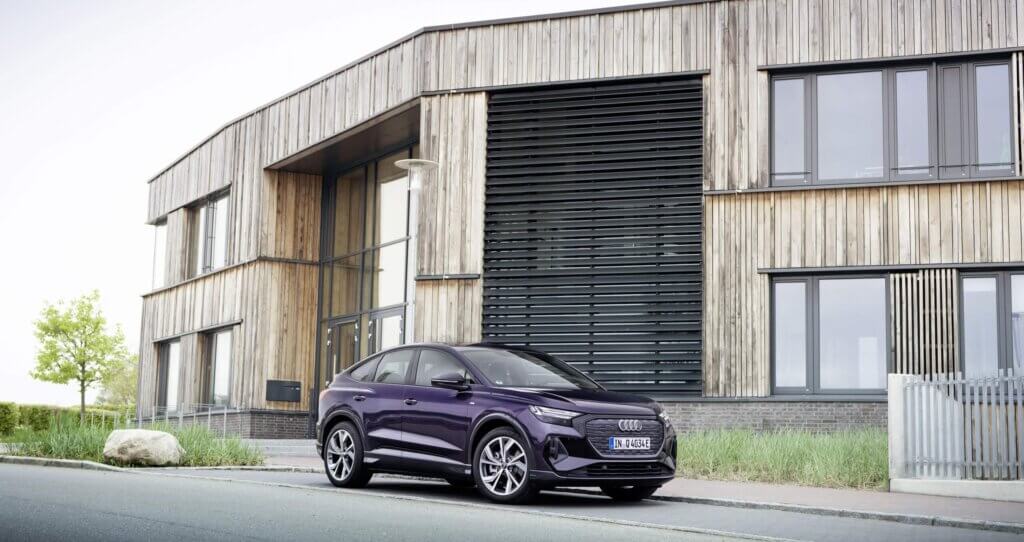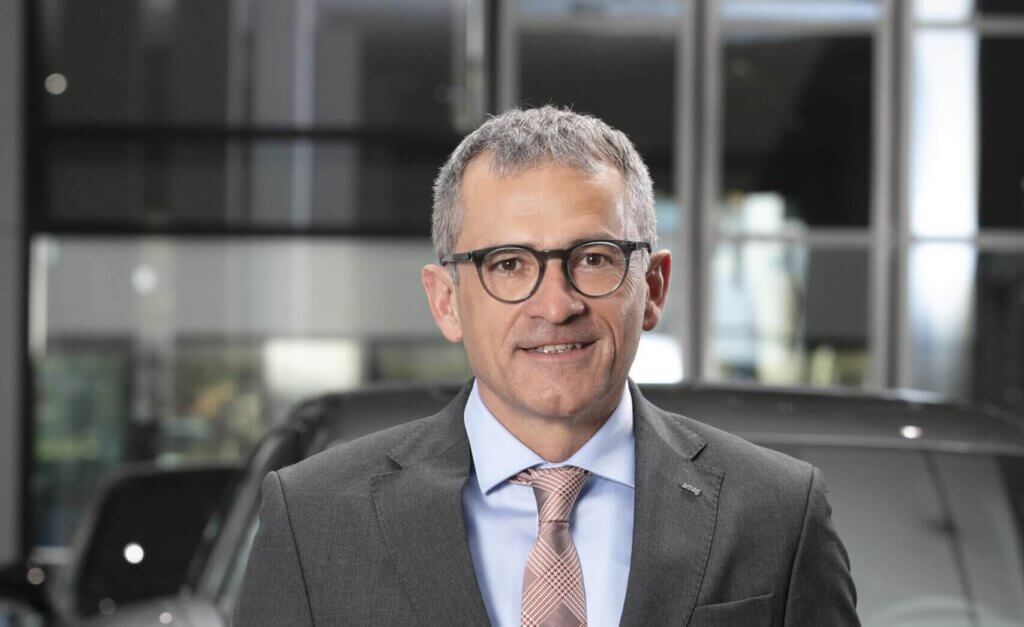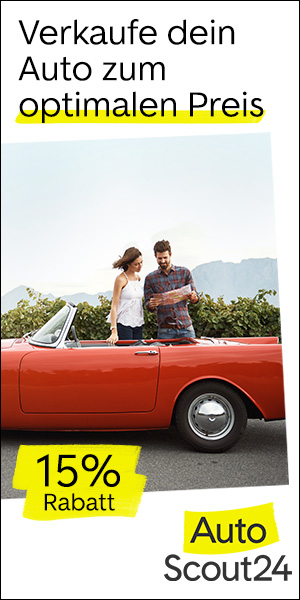
The Swiss car market is changing and manufacturers, importers and dealers are taking new roles. Electromobility is adding one more thing.
The car market in Switzerland is changing and the roles of manufacturers, importers and car dealers are shifting.
This is what Helmut Ruhl, head of the largest Swiss car importer, Amag, told “SonntagsBlick“.
More service-oriented
“The manufacturer will gradually build up more software competence and retain hardware competence,” the Amag boss continued. The importer must build up competence for contact with the end customer, he said.
“And the dealer is now even more service-oriented: He delivers the car and continues to take care of after-sales management,” the 54-year-old emphasized about the new system.
Decreasing capital costs
For the dealer network, there are also advantages because the capital commitment in the form of new cars in the yard is shifting from the dealer to the importer, Ruhl emphasized.
If the industry implements the role shift correctly, a successful system could emerge, he added.
Moreover, no automaker is currently thinking of delivering directly from the factory to customers, except for digital services.
“In the agency model, the importer in the country will invoice the private customer in the future – instead of the dealer as before,” the top auto executive said. Amag is currently discussing the concept with its retail partners, he said of the state of play.
Mobile Swiss
Regarding the delivery problems, the Amag boss explained that from the summer or fall of this year, there will probably be a real relaxation in this regard. “In 2024, you should again be able to get your dream car relatively promptly,” the former Daimler manager emphasized.
For Switzerland, Ruhl expressed confidence that sales would soon return to 300,000 new cars per year after three poor sales years. “Switzerland is growing and the people who live here want mobility,” said the importer of VW models.
Falling emissions
By 2040, however, Switzerland will still have about two million internal combustion passenger cars, plus between 200,000 and 300,000 classic and vintage cars, the Amag chief said. This means that vehicle numbers are falling significantly, as shown by the latest Swiss data, which muula.ch also recently published.
“If we were to run these completely on e-fuels in 2040, Switzerland’s emissions would be ten percent lower,” said the German, describing the future.
Self-generated electricity
The trend toward e-mobility is fundamental and intact, he said. Despite the rise in raw material prices, e-cars would be cheaper to buy than combustion vehicles from 2026, he said.
“Anyone who can charge their vehicle at home with electricity produced by themselves via photovoltaics using intelligent energy management will be driving extremely competitively,” he added about the future.
Everything from a single source
But that’s not all. Cars would soon be able to handle bidirectional charging and act as gigantic storage units, providing solar energy from midday for the evening and potentially stabilizing the power grid.
“In the future, female customers will be able to buy e-cars, photovoltaics, heat pumps and the necessary energy management from us,” he said, describing the future car market.
Sales dip still present
The Amag Group had already announced on Friday that it had ended 2022 with consolidated sales of around 4.4 billion Swiss francs. That was better than 2021, when it had taken in around 4.3 billion Swiss francs.
However, Amag is still well below its 2019 revenue, which had been 4.7 billion Swiss francs.


The Swiss car market, with 225,934 newly registered passenger cars, was down again compared to 2021 and 2020 (238,481/236,827 units) and remains well below a ‘normal’ car year – with around 300,000 new cars registered, it said.
Ahead in e-vehicles
Audi made considerable gains in the favor of the Swiss, Škoda had the “favorite car in Switzerland” in its range with the ENYAQ, and Volkswagen remained number 1 in the market, Amag reported. Only Seat and Cupra had to accept some losses in market share due to a tighter supply situation.
On top of that, around 12,500 newly registered purely electric vehicles represent an increase of over 25 percent compared to the previous year. This means that the “Amag brands” remain the market leader for battery-electric vehicles this year.
Shrinking market
Last year, the Amag Group and its brands put up a relatively brave fight against the market, as the table above impressively shows. The overall market declined by 5.3 percent. But at Amag, the overall decline was only 3.8 percent.
So there was, and remains, a lot in flux with regard to cars in Switzerland.
22.01.2023/kut./ena.





